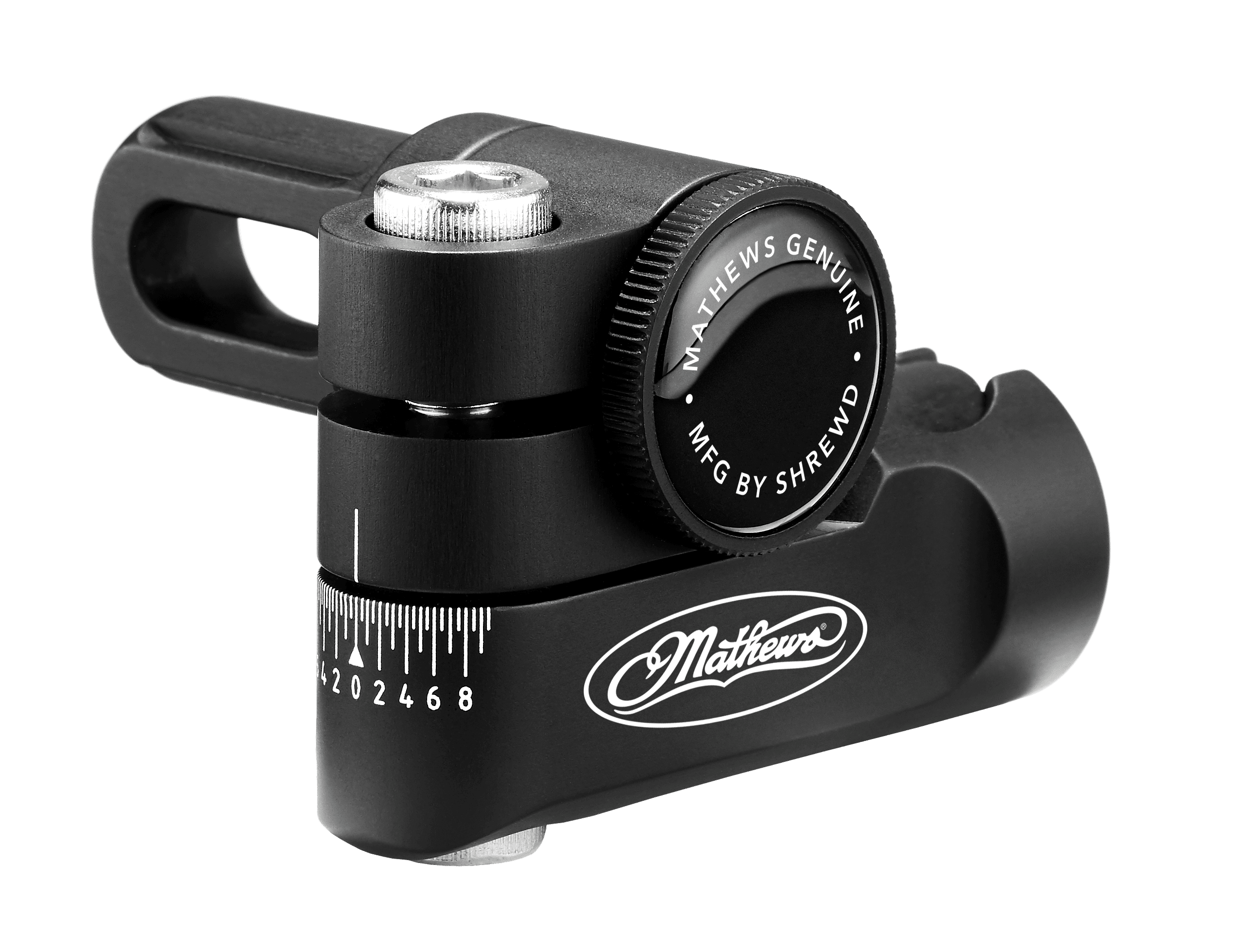Bow Stabilizer : Your Ultimate Guide to Improved Archery Accuracy
Bow Stabilizer : Your Ultimate Guide to Improved Archery Accuracy
Blog Article
Maximize Your Archery Accuracy With These Bow Stabilizer Techniques
One vital element that can substantially affect your performance is the proper use of bow stabilizers. Whether you are a skilled archer looking to fine-tune your skills or a beginner excited to enhance your precision, grasping these bow stabilizer strategies might be the trick to striking your mark with unrivaled consistency.
Benefits of Utilizing Bow Stabilizers
Making use of bow stabilizers can significantly boost an archer's accuracy and overall efficiency by lessening bow torque and resonance. In addition, bow stabilizers moisten resonance, which not only improves the convenience of capturing but also stops the bow from leaping upon release, thus helping in keeping correct goal.
Additionally, bow stabilizers can assist in holding the bow steady, particularly during windy conditions or when shooting from longer ranges. The added weight at the front of the bow offers stability and balance, allowing the archer to focus on aiming without the interruption of bow movement. On the whole, the benefits of using bow stabilizers extend beyond just precision, improving the archer's experience and efficiency in numerous shooting scenarios.
Choosing the Right Bow Stabilizer
Selecting the suitable bow stabilizer is crucial for enhancing your archery equipment and improving shooting performance. Larger stabilizers can help minimize bow torque and take in even more vibration, leading to a steadier objective.

Finally, consider the design of the stabilizer. Some stabilizers include adjustable weights or dampeners that allow you to customize the equilibrium and feeling of your bow. Inevitably, picking the best bow stabilizer includes discovering a balance in between weight, style, product, and size to enhance your shooting precision and total efficiency.
Appropriate Installation Techniques
To make sure optimal efficiency and safety and security in archery, understanding appropriate installment strategies for your bow stabilizer is necessary. The initial step in setting up a bow stabilizer is to identify the right placement on your bow. Most stabilizers are affixed to the front of the riser, below the hold, to assist counterbalance the weight of devices such as quivers and sights. Guarantee that the stabilizer is not interfering with various other parts or hindering your capturing kind.
Next, securely affix the stabilizer to the bow using the appropriate mounting hardware. Some stabilizers come with flexible weights that can be included or gotten rid of to make improvements the equilibrium of your bow.

Changing Stabilizer Weight and Length
After guaranteeing the correct installation of your bow stabilizer, the following step includes changing the weight and length to maximize its performance in boosting archery accuracy. The weight of the stabilizer plays a crucial role in lessening bow activity during the shot cycle. Including weight to the stabilizer can assist enhance and wet vibrations security, bring about even more regular and accurate shots. On the various other hand, reducing the weight can raise maneuverability, which is useful for situations calling for quick target purchase.
A longer stabilizer can provide greater stability by raising the range in between the bow and the weight at the end of the stabilizer. Conversely, a much shorter stabilizer supplies more maneuverability and might be favored by archers that value dexterity and fast activities during shooting.
Advanced Stabilizer Tuning Tips
Attaining optimal bow security and accuracy in archery demands a nuanced strategy to innovative stabilizer tuning. Advanced stabilizer tuning entails fine-tuning different components to enhance the bow's balance, minimize vibration, and boost overall accuracy. One vital technique is to try out different stabilizer arrangements, consisting of side-bar and back-bar setups, to locate the suitable equilibrium between stability and ability to move for your my website capturing design. bow stabilizer. Additionally, changing the angle and positioning of the stabilizer can have a considerable effect on exactly how the bow responds upon release.
Another critical aspect of innovative stabilizer tuning is enhancing the damping homes of the stabilizer system. Checking out different materials for the stabilizer building, such as carbon fiber or light weight aluminum, can also affect the bow's efficiency by modifying its weight distribution and stiffness.
Conclusion
To conclude, taking full advantage of archery accuracy can be attained through the correct option, installment, and adjustment of bow stabilizers. By comprehending the benefits of utilizing stabilizers, picking the best one, and tweak its weight and size, archers can enhance their capturing precision. Utilizing advanced adjusting strategies can further boost security and uniformity in arrowhead flight. Generally, including bow stabilizers into archery method can bring this hyperlink about improved efficiency and enhanced accuracy.
Using bow stabilizers can dramatically boost an archer's accuracy and general efficiency by decreasing bow torque and resonance. Longer stabilizers give greater security and balance, specifically for long-distance capturing, while shorter stabilizers offer even more flexibility and are easier to steer in tight areas (bow stabilizer). Carbon fiber stabilizers are lightweight and durable, while aluminum stabilizers are robust and give outstanding vibration dampening
A longer stabilizer can supply higher stability by raising the range in between the bow and the weight at the end of the stabilizer.An additional important aspect of advanced stabilizer tuning is enhancing the damping homes of the stabilizer system.
Report this page